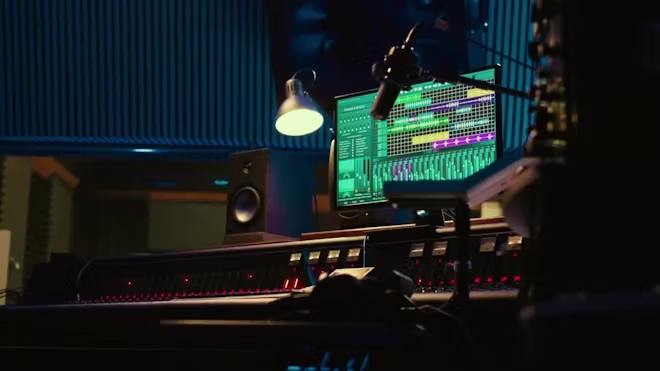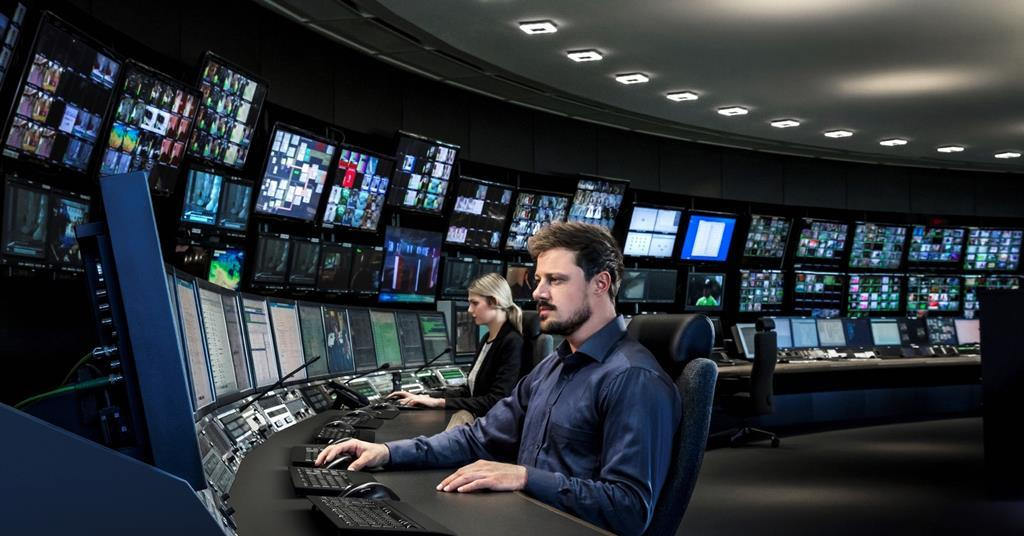Current Trends in Broadcasting
1. Impact of Streaming Services on Traditional Broadcasting
Overview:
The rise of streaming services has dramatically changed the broadcasting landscape. Services such as Netflix, Hulu, Amazon Prime Video, and Disney+ have shifted viewer preferences, compelling traditional broadcasters to adapt to a new competitive environment.
Key Impacts:
Audience Fragmentation: Viewers now have numerous choices, leading to fragmented audience attention. Networks face challenges in retaining viewers who can easily switch to streaming platforms.
On-Demand Content: Streaming services offer flexibility, allowing viewers to watch content anytime, leading to a decline in scheduled programming on traditional channels.
Content Creation and Acquisition: Traditional broadcasters are investing in original content and acquiring streaming rights to remain competitive, altering their programming strategies.
Business Strategy Changes:
Hybrid Models: Many traditional broadcasters are launching or partnering with their streaming services to create hybrid models, offering both live and on-demand content.
Adapting Business Models: Broadcasters are reevaluating advertising strategies. Streaming services often provide subscription-based models without ads, which is changing consumer expectations.
2. Innovations in Broadcasting Technology
Artificial Intelligence (AI) in Production:
Automation: AI is streamlining production workflows by automating tasks such as video editing, color correction, and sound mixing, allowing creatives to focus on storytelling.
Content Personalization: AI algorithms analyze viewer behavior to offer personalized recommendations and tailor content based on audience preferences.
Enhanced Metadata: AI is being used to generate metadata automatically, improving searchability and discoverability of content.
Other Innovations:
Cloud-Based Production: Utilizing cloud technology allows for remote collaboration and access to production resources, enhancing flexibility and efficiency.
5G Technology: The rollout of 5G networks supports high-speed data transmission, enabling seamless streaming, real-time audience engagement, and improved remote production capabilities.
3. The Rise of User-Generated Content and Collaboration
User-Generated Content (UGC):
Definition: UGC refers to content created and shared by everyday users or fans, encompassing videos, photos, blogs, and social media posts.
Impact on Broadcasting: Platforms like YouTube and TikTok have encouraged individuals to produce and share their content, leading to a rise in citizen journalism and grassroots reporting.
Collaboration and Community:
Cross-Promotion: Traditional networks are collaborating with influencers and creators to leverage their audiences and enhance engagement.
Interactive Programming: Broadcasters are incorporating audience participation through social media platforms or live chats, inviting viewers to contribute content or feedback.
Challenges and Opportunities:
Quality Control: UGC presents challenges in quality and reliability, requiring broadcasters to discern credible sources while engaging with a diverse audience.
Expanding Content Diversity: UGC offers opportunities to access diverse perspectives and stories that may not be covered by mainstream media.
4. Sustainability in Broadcasting Practices
Overview of Sustainability:
The broadcasting industry is increasingly recognizing the need for sustainable practices in production, distribution, and overall operations.
Sustainable Practices:
Eco-Friendly Production: Implementing practices such as reducing waste, using energy-efficient equipment, and planning sustainable shoots to minimize environmental impact.
Virtual Production: Utilizing technology to create virtual sets and environments can significantly reduce the carbon footprint associated with physical sets and locations.
Corporate Social Responsibility (CSR):
Broadcasters are increasingly focusing on CSR initiatives, promoting environmental awareness through programming and community engagement, and adopting sustainable operating practices.
5. Live Event Broadcasting
Overview:
Live event broadcasting delivers real-time coverage of events such as sports, concerts, and conferences, engaging audiences with immersive experiences.
Key Components:
Technical Setup:
Multi-Camera Use: Employing multiple cameras from various angles to provide dynamic coverage of events.
Mobile Production Units: Utilizing mobile units to facilitate broadcasting directly from the event site, enhancing accessibility.
Production Logistics:
Planning and Coordination: Extensive pre-event planning is crucial for scheduling, resource allocation, and logistics to ensure smooth execution.
Engagement During Events: Interactive elements like social media integration, real-time polling, and audience shout-outs increasing viewer engagement in live broadcasts.
Challenges in Live Broadcasting:
Technical Reliability: Ensuring reliable internet and broadcast signals to prevent disruptions.
Dynamic Environments: Managing the unpredictable nature of live events, including weather, crowd control, and schedule changes.
Emerging Trends:
Remote Broadcasting: Increasing reliance on remote broadcasting technology allows teams to produce live content without needing to be on-site, driven by the rise of hybrid events post-pandemic.






